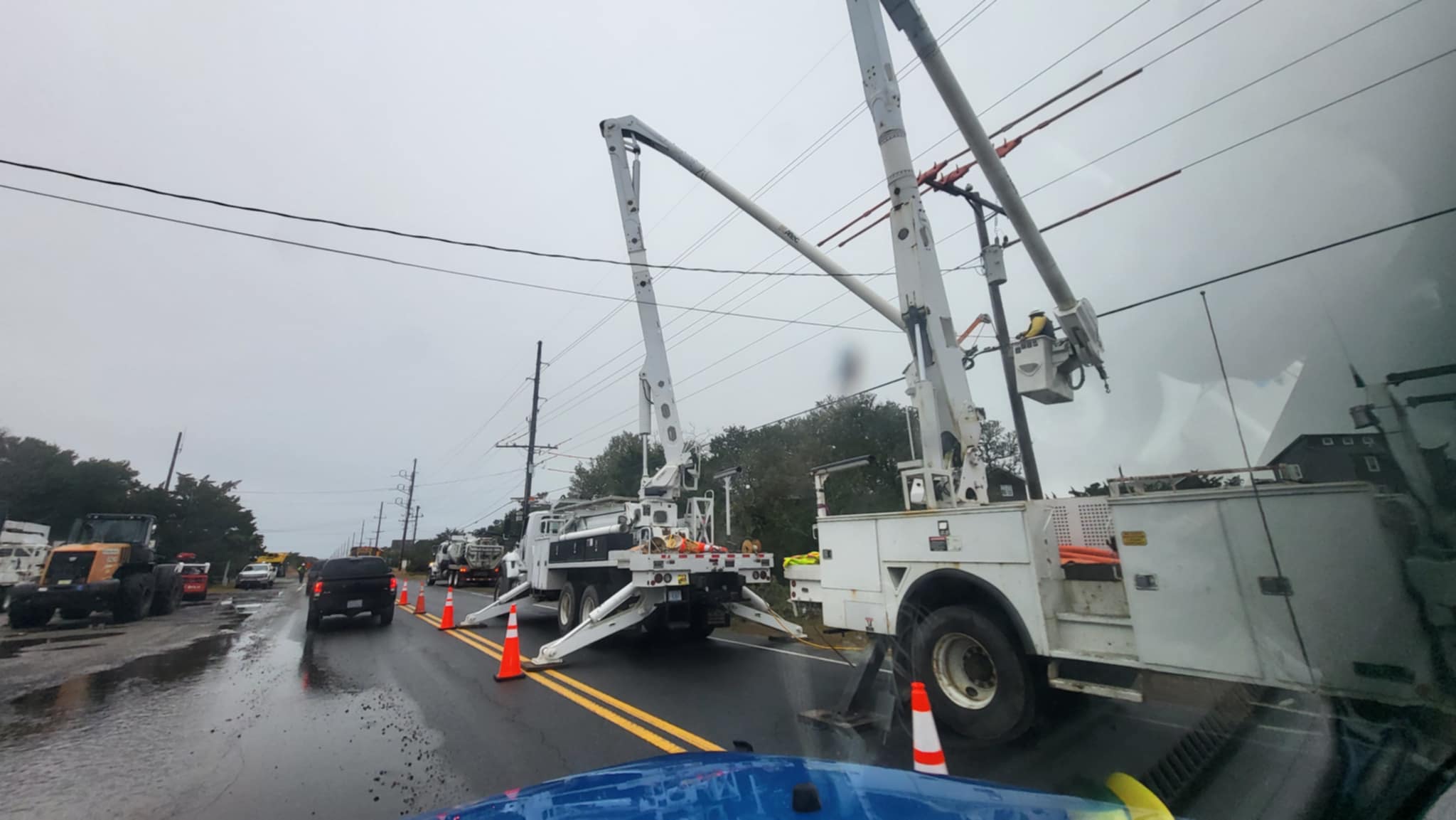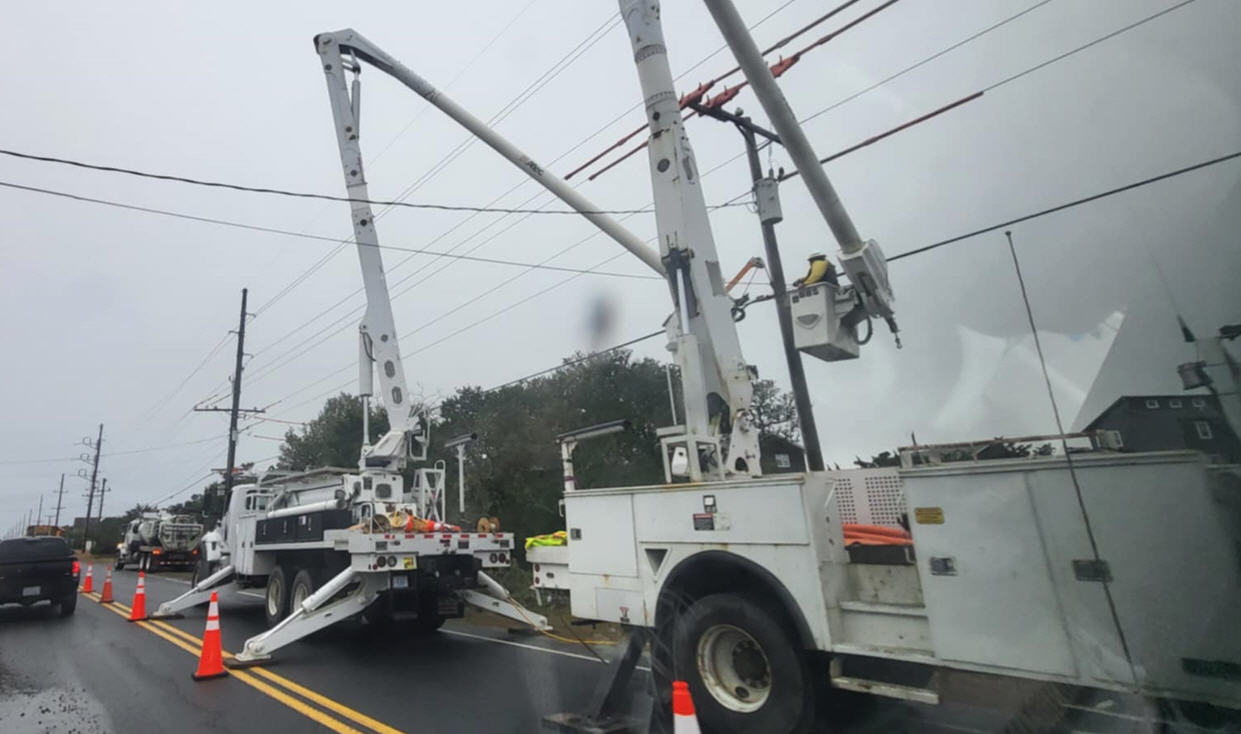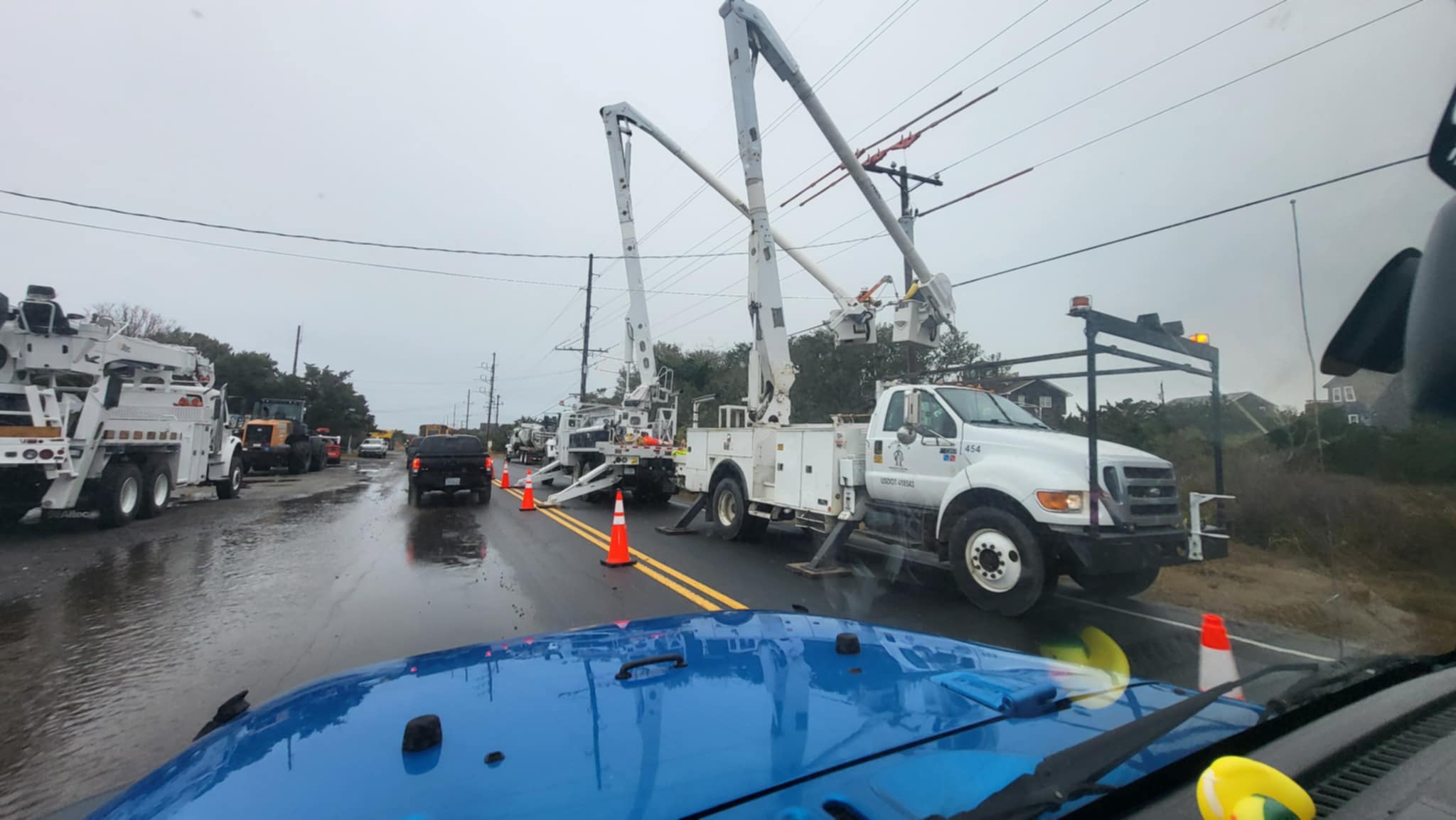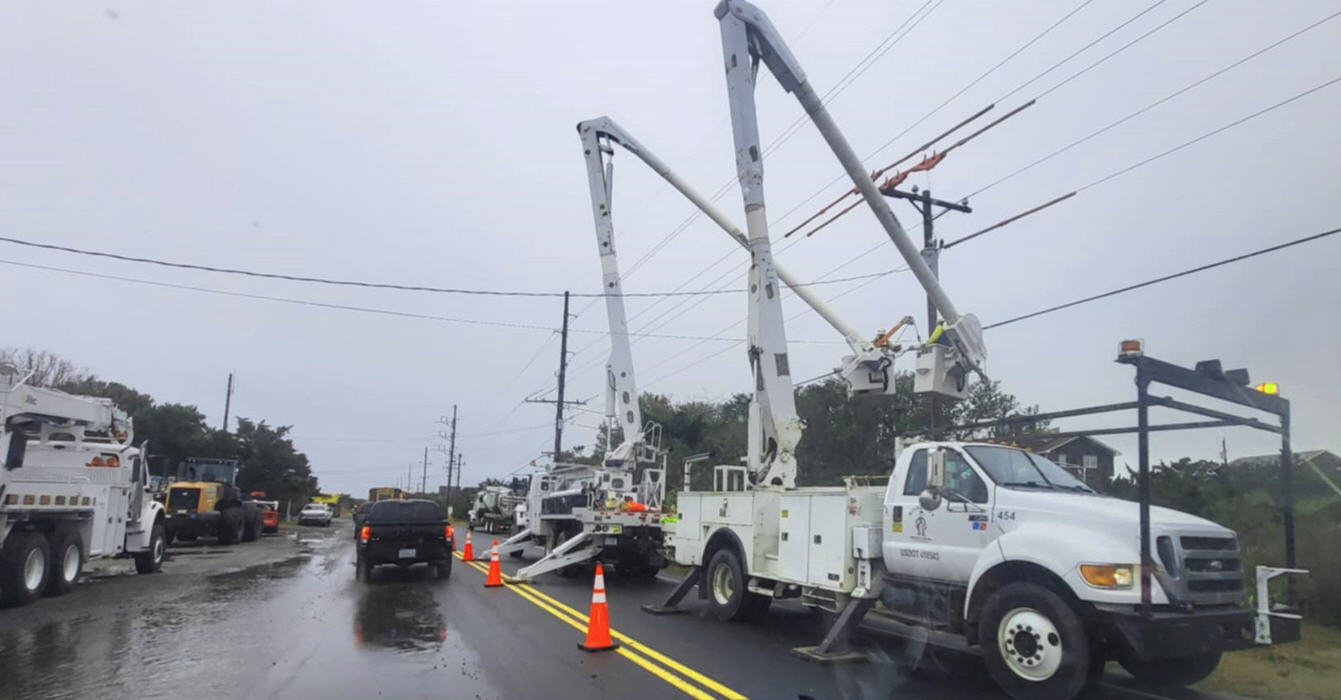2020 shaping up to be a solid year for nesting sea turtles on the Outer Banks
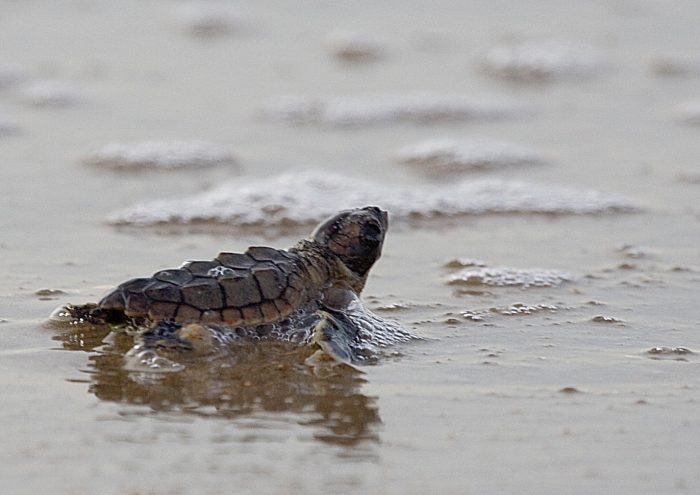
While 2019 was a record-breaking year for sea turtle nesting activity within the Cape Hatteras National Seashore (CHNS), 2020 is shaping up to be a solid year for sea turtles as well, with a total of 193 nests recorded so far along the National Seashore beaches.
Per http://www.seaturtle.org/, which has monitored sea turtle nesting activity within the National Seashore since the 1970s, the majority of the 2020 nests are from loggerhead turtles, however, there have also been six green turtle nests and four Kemp’s Ridley turtle nests recorded as well.
2019 saw a total of 473 nests within the National Seashore, which blew 2016’s previous record of 325 nests out of the water.
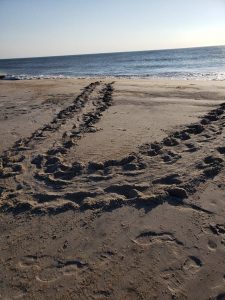
And while 2020’s total likely won’t reach the same heights, (as nesting activity begins to slow down in mid-August), the lower numbers for this current season is not necessarily a sign of dwindling nesting activity over the long term.
“The entire Eastern Seaboard had a record number of nests in 2016 and 2019,” stated Meaghan Johnson, Deputy Chief of Resource Management and Science. “Since loggerheads nest at intervals of 2-4 years, we would expect to see higher numbers within the next couple of years.”
“Although our sea turtle nesting totals are lower than last year’s record-high number, we are still seeing a lot of nests throughout the Seashore.”
Now that the nesting season is starting to wind down for the summer, hatching activity is picking up, and the Seashore’s first sea turtle nests are just beginning to hatch as August draws near.
Once the eggs hatch, the hatchlings use a combination of cues to find the ocean when they emerge from the egg cavity, including the slope of the beach, and the reflection of the moon or starlight off the water.
Hatchlings are very sensitive to light as they emerge from their nests, and can become disoriented towards any light that mimics the moon or stars over the ocean.
As such, visitors along the oceanfront are encouraged to turn off their outdoor lights and close their blinds or drapes after dark, so that the sea turtles don’t mistake a stray porch light for the ocean waters.
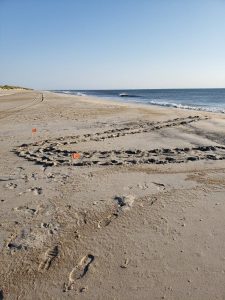
People on the beach after dark should refrain from using flashlights or cellphones, as bright, artificial light can deter females from coming on to the shore to nest, and can also send additional mixed signals to the newly emerged sea turtle hatchlings.
Beachgoers should also remove beach equipment, such as lounge chairs, umbrellas, tents and other items from the beach when they leave. If left on the beach, these items can prevent nesting attempts, and can also be roadblocks for hatchlings who are trying to make a mad dash to the ocean.
Other tips to help protect sea turtles and hatchlings during the nesting season, per the N.C. Wildlife Resources Commission, include the following:
- Fill in all holes in the sand at the end of the day.
- Pick up all your trash when you leave.
- If fishing, properly dispose of any fishing line. Improperly discarded fishing line is often deadly to turtles, birds and other marine animals.
- Use your natural vision and moonlight when walking the beach at night.
- If you encounter a turtle on the beach at night, remain quiet, still, and at a distance. Flash photography and human disturbances may prevent her from nesting successfully.
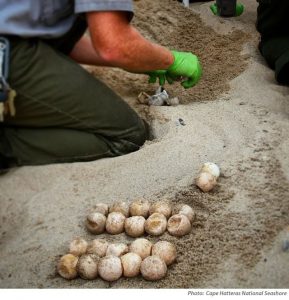
In previous years, the Cape Hatteras National Seashore hosted an excavation program, where visitors could call a hotline to witness a sea turtle nest excavation.
Due to the COVID-19 pandemic, the National Seashore is not advertising any public sea turtle nest excavations at this time, but their Interpretation and Education staff are looking into the possibility of a virtual sea turtle nest excavation opportunity in the near future.
In the meantime, visitors who notice any sea turtle nesting activity are advised to call the Cape Hatteras National Seashore to report the sighting at 252-216-6892.








